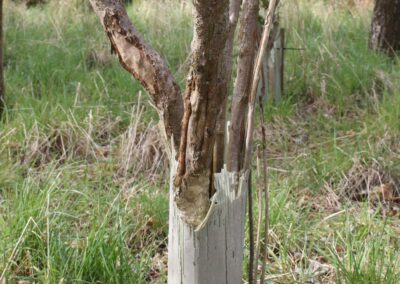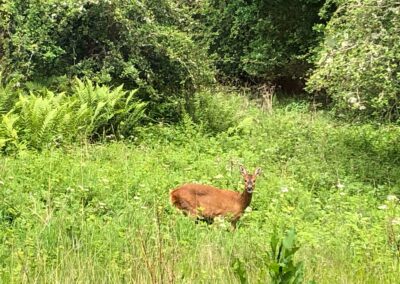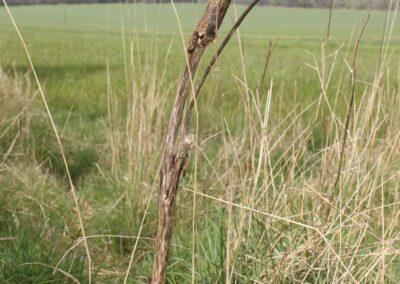Latest News
Deer Management - Where does the Buck stop?in part two of this series on deer management Sam Guthrie, Alfie Allingham and Jim Knight explore the challenges land owners and managers face and what the opportunities may be for the economy and the environment.
Part Two –The Deer Management Challenges
Public awareness
There is a lack of understanding amongst the general public about the impact high deer populations have on our native ecology, not just productive forestry. This can lead to a stance by many that the culling of any animal is not necessary or acceptable. We are also still fighting against the ‘Bambi’ effect – essentially, deer have some of the best PR going when we consider the negative impact they can have on biodiversity. Without understanding this impact, we will always face an uphill battle against those who do not fully understand deer’s behaviours and long-term effects on the landscape.
Increased awareness and education of the public is critical if this problem is to be addressed.
Perceptions of deer stalking
Although a critical tool for forest management, deer stalking is often viewed by many as just a leisure activity for the elite, not an essential ecosystem management service. Indeed ‘leisure’ stalking can itself be a problem if deer are managed to produce trophies instead of reducing damage. Recreational stalking tends to leave the breeding females and thereby keeps populations undesirably high.
Poorly developed venison market
Although it is becoming more generally available, venison is still regarded by many as a luxury food, sometimes charged at unrealistic prices in restaurants even when the meat itself, locally sourced, is less expensive than lamb or beef. The venison market is insignificant compared with other meat products in terms of scale. There needs to be an active push to get this high-quality product with great health benefits into the everyday food chain at a reasonable cost for mainstream consumers.
The Deer Management Opportunities
Leaving carcasses on the hill? – Viewed by many as highly controversial but is still being raised much more frequently by our peers. With the removal of apex predators, we have created a situation where stalking is essential. By shooting deer, we imitate the impact that Lynx and Wolves would have had on the ecology. However, we e do not leave carcasses on the hill to be scavenged by many species and release nutrients back into the soil, which completes the natural energy cycle. It’s honourable that we aim to eat all the remains, but in situations where deer densities are very high, should we consider leaving carcasses on the hill to benefit other species? Public education will need to play a large part if this becomes standard practice.
Reintroducing Lynx David Hetherington | The Lynx and Us (conservation-careers.com)] is feasible, perhaps almost inevitable , when the benefits are clearly understood? However, a big push is needed to overcome the entrenched opinion that all predators are an unmanageable threat. Apart from reducing deer numbers, especially in woodland locations, lynx in the landscape would change the behaviour patterns of deer and prevent them from intensively dominating specific areas. A system where landowners are compensated for creating suitable lynx habitats and encouraging them into their land would undoubtedly help to make this more feasible.
We believe partnership working is essential to all this. We often hear landowners say that it is not worth undertaking deer management when their neighbours neglect to do so. However, there are great examples of neighbouring estates and farms working together to get on top of populations. We would like to see sector leaders drive forward a more collaborative approach to deer control, which would allow the costs of professional stalkers to be split amongst different parties and create more jobs in rural areas.
If you would like to discuss woodland creation and deer management, please get in touch.



